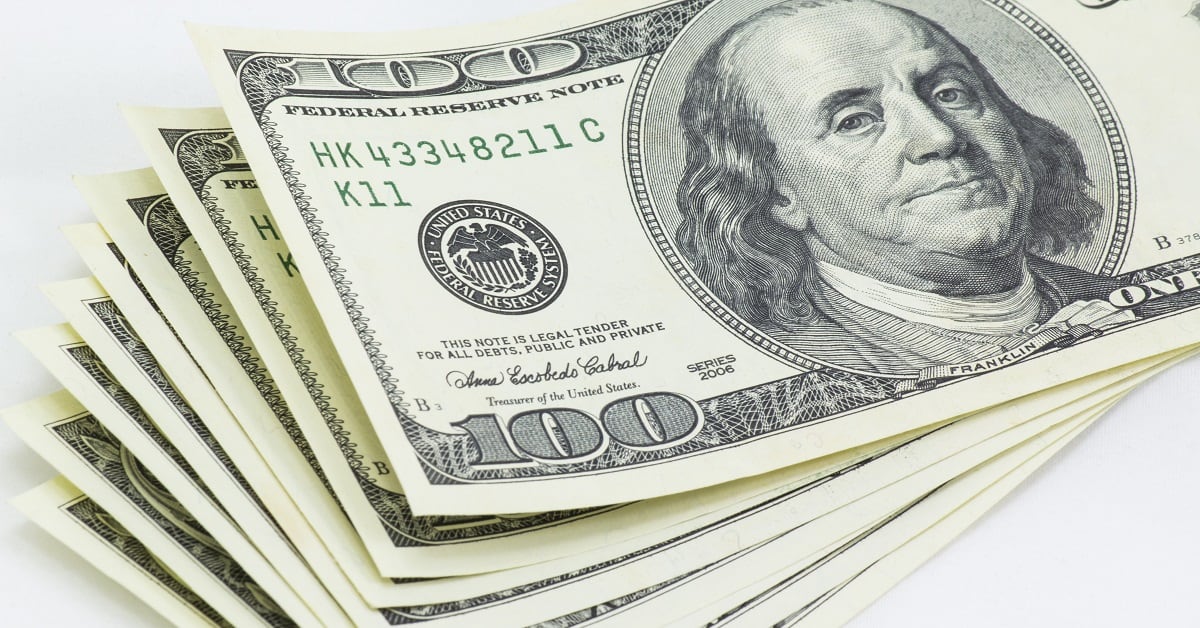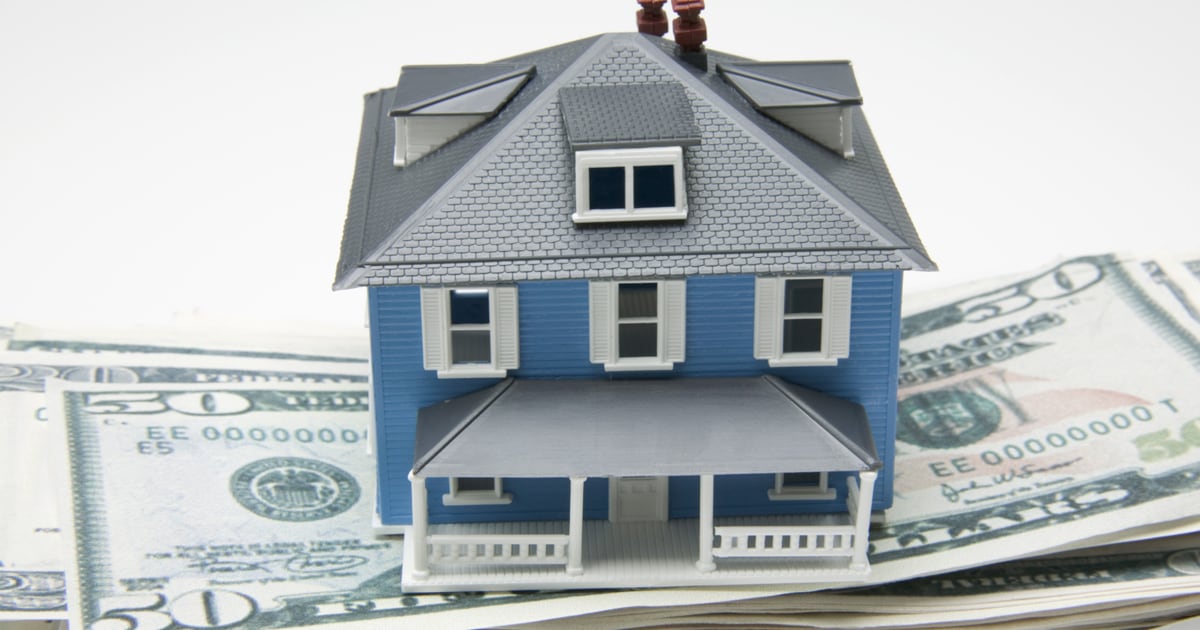If you’re seeking another VA-backed home loan, you’re far from alone: The program is no stranger to repeat business.
But before taking a second stab at the process (and all that comes with it, including increased funding fees), be sure that you’ve restored your entitlement, which determines how much you can borrow. Click here to learn more about loan limits, county-by-county exceptions, and how a $36,000 base entitlement can, thanks to bonus entitlements and other number-crunching, be enough to cover a VA-backed loan in excess of $400,000.
Before delving into that math, be sure you’ve got that entitlement ready to go. It can be re-established via four methods, per VA guidance:
1. Disposal and repayment. This is the most straightforward method: Sell the old house and pay off the loan, and your entitlement is restored. This also applies in cases where the property is destroyed.
2. Refinance. The entitlement used in the financing of a property can be re-used for the refinancing of that property. The new loan must pay off the old loan.
3. One-time restoration. Beneficiaries can reclaim their entitlement once if they’ve paid off the VA-backed loan, even if they do not sell the property. After using this option, future VA loans must come with the disposal of any property financed via VA-backed loans. The borrower also must continue to meet VA loan requirements, including residency rules; in other words, you’ll need to be a full-time resident of the new home.
RELATED

4. Substitution of entitlement. If your loan is transferred to another qualified VA loan beneficiary, their entitlement takes over. This is a different situation than a VA joint loan, which can be between two or more service members and can involve combining entitlements.
Have your entitlement in order and ready to shop for a rate? Visit our VA Loan Center.
Kevin Lilley is the features editor of Military Times.




